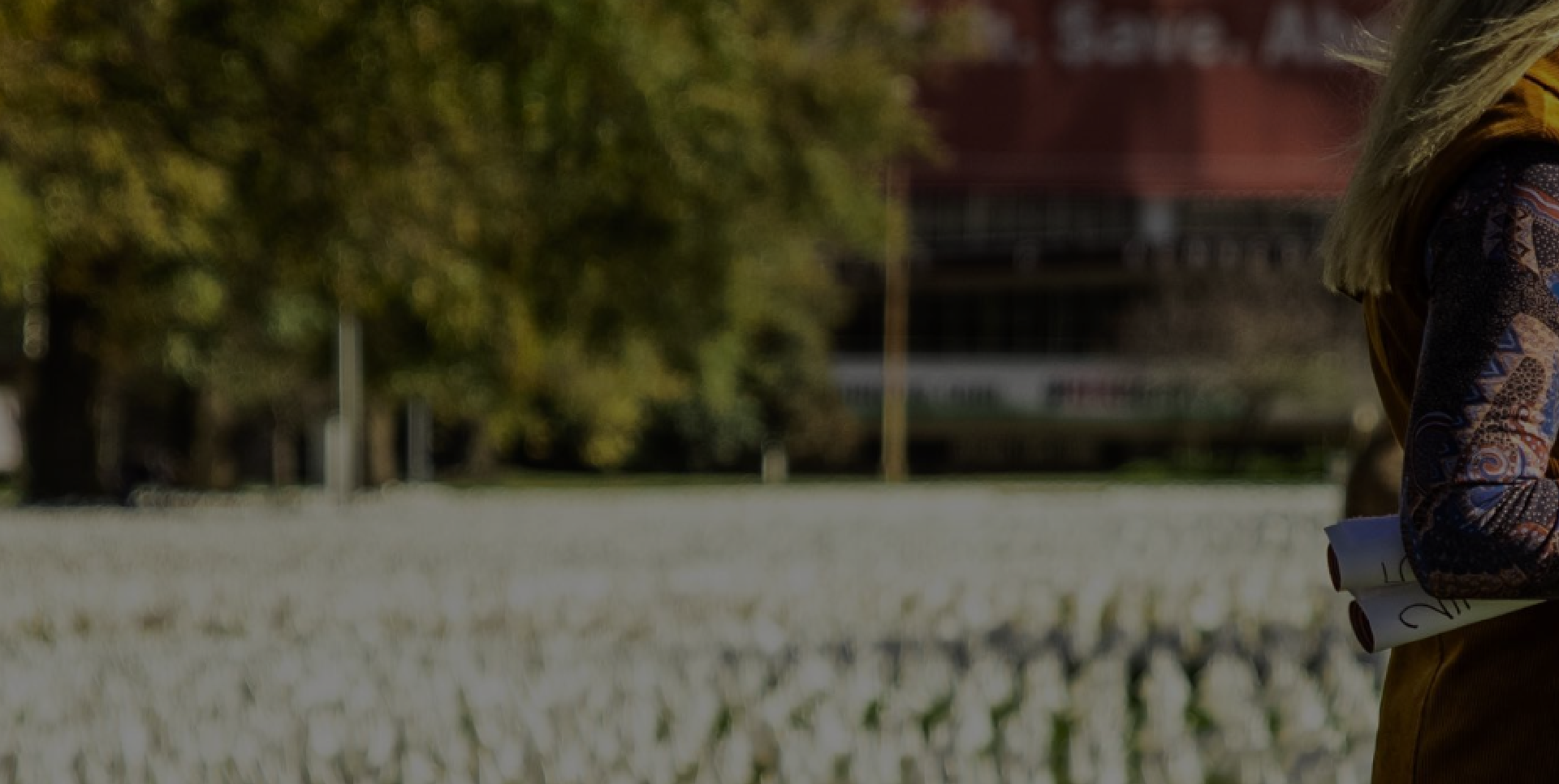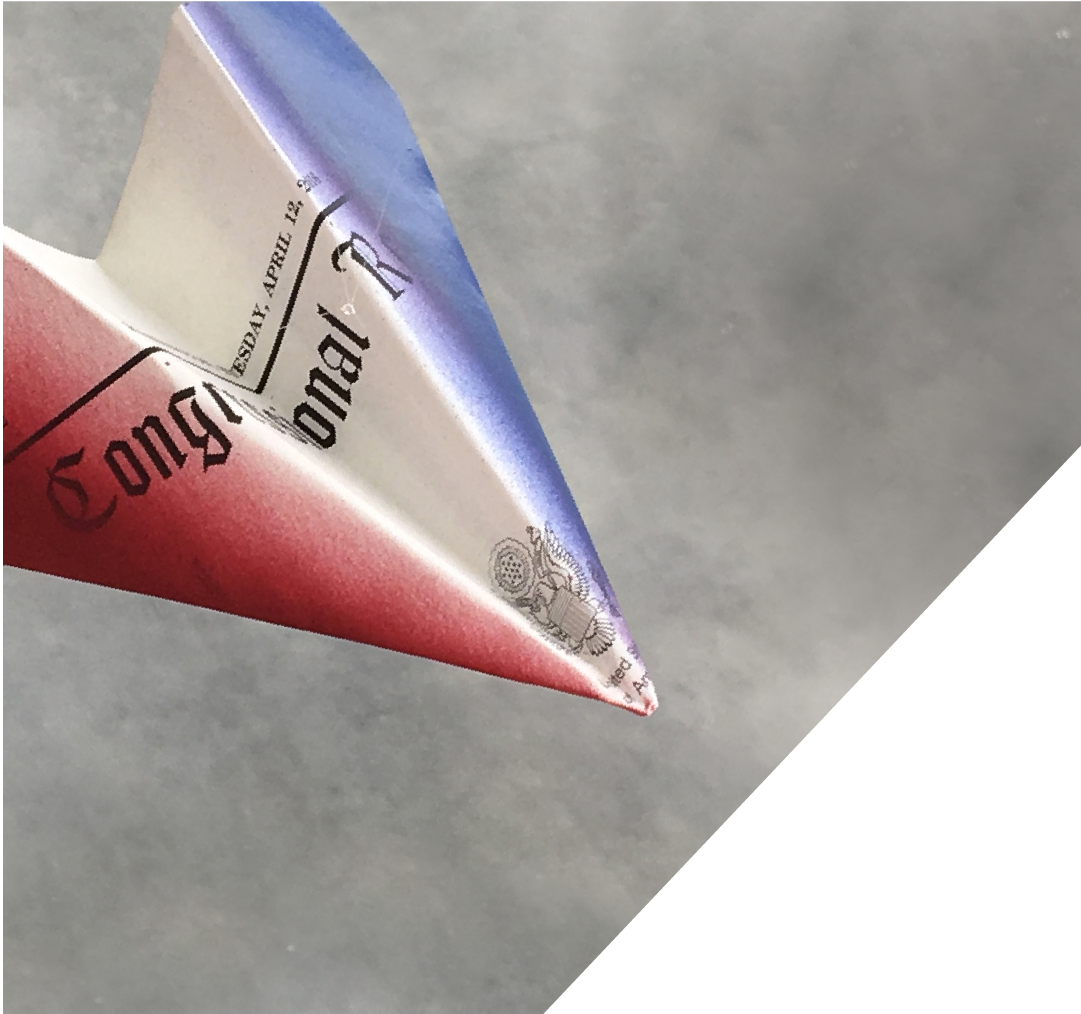
IN AMERICA SERIES
Honoring Lives Lost

Honoring
Lives Lost
Do we have the right to life free from the fear of gun violence?
alienable right to life
alienable right to life
Do we have the right to life free from the fear of gun violence?

EMPTY FIX SERIES
Would you walk past someone drowning?
UPDRAFT AMERICA
Are you addicted to political extremism?

Would you walk past someone drowning?

UPDRAFT AMERICA
Are you addicted to political extremism?

Physically demanding.
Psychologically draining.
Creatively expansive.
MY KIND OF ART.
My medium is empathy. I use wide-ranging materials and methods to create art that challenges people to think differently. Art, especially public art, is one of our most powerful communications tools when so many exist within self-selected echo chambers. My art draws viewers in with alluring aesthetics, then delivers its message.

Physically demanding.
Psychologically draining.
Creatively expansive.
MY KIND OF ART.
My medium is empathy. I use wide-ranging materials and methods to create art that challenges people to think differently. Art, especially public art, is one of our most powerful communications tools when so many exist within self-selected echo chambers. My art draws viewers in with alluring aesthetics, then delivers its message.
ENGAGEMENTS
Now
If you have lost a loved one to COVID-19 but were unable to dedicate a white flag to them during the In America exhibition, you are welcome to visit the studio to create one that will go into the archive.
Recent
In November, I spoke at the venerable Cosmos Club in Washington, DC about the importance of “Third Spaces,” or places where we can meet others and create community…and about how important art is in knitting people together.
Recent
In May I presented alienable right to life on Freedom Plaza in Washington D.C. to honors the lives taken by gun violence and broaden the discussion of gun access and safety.










































